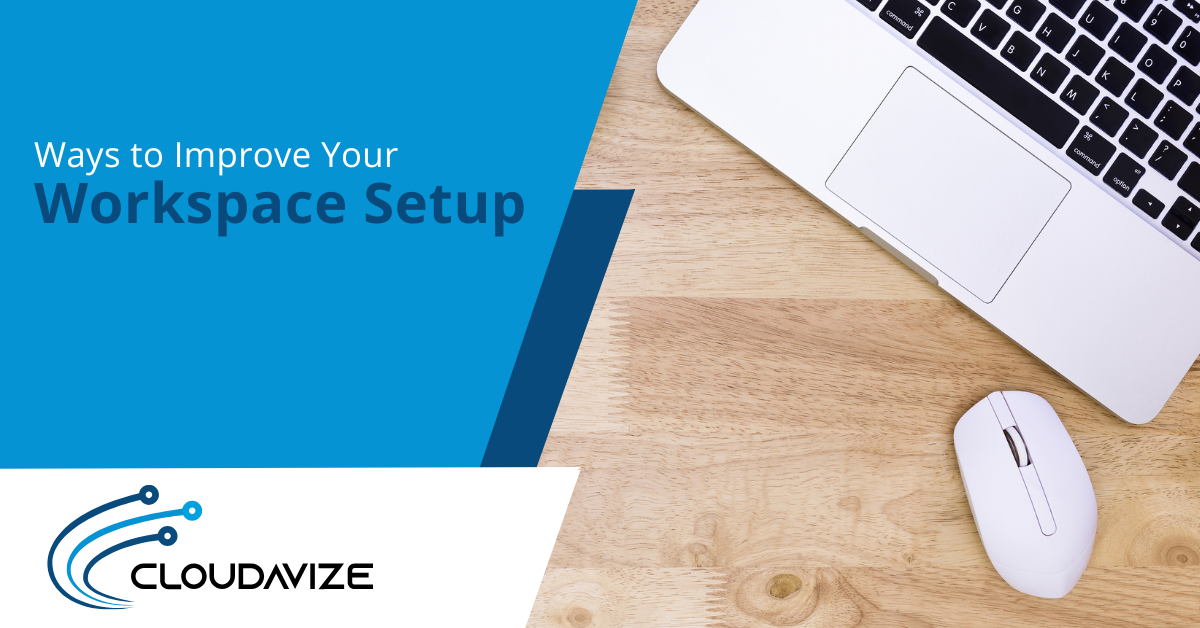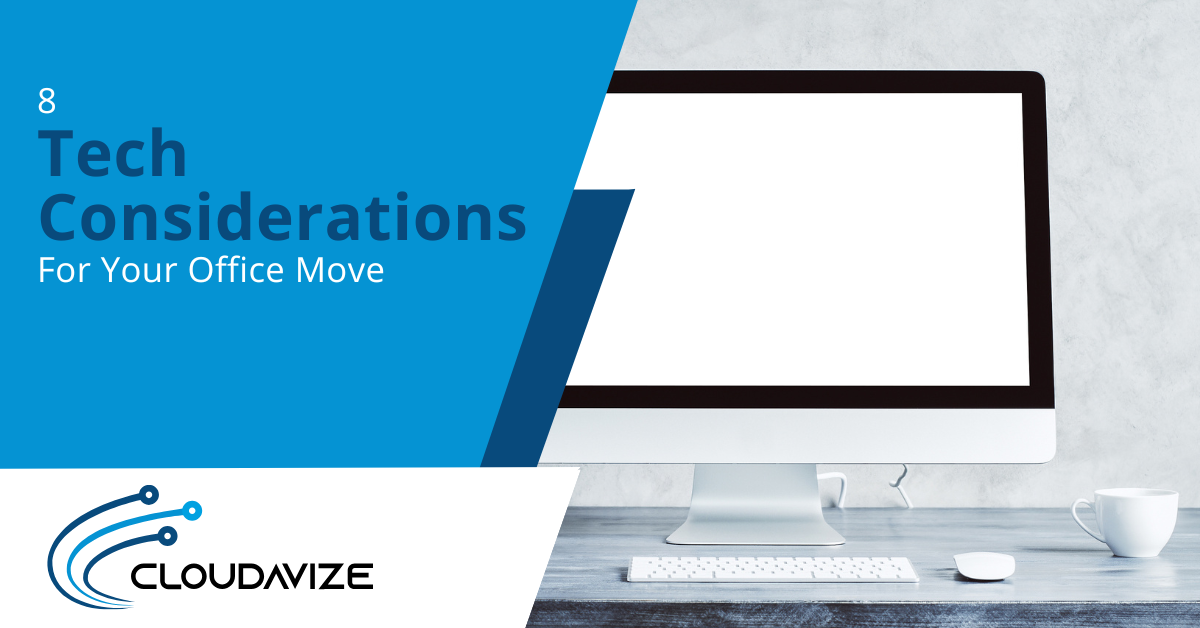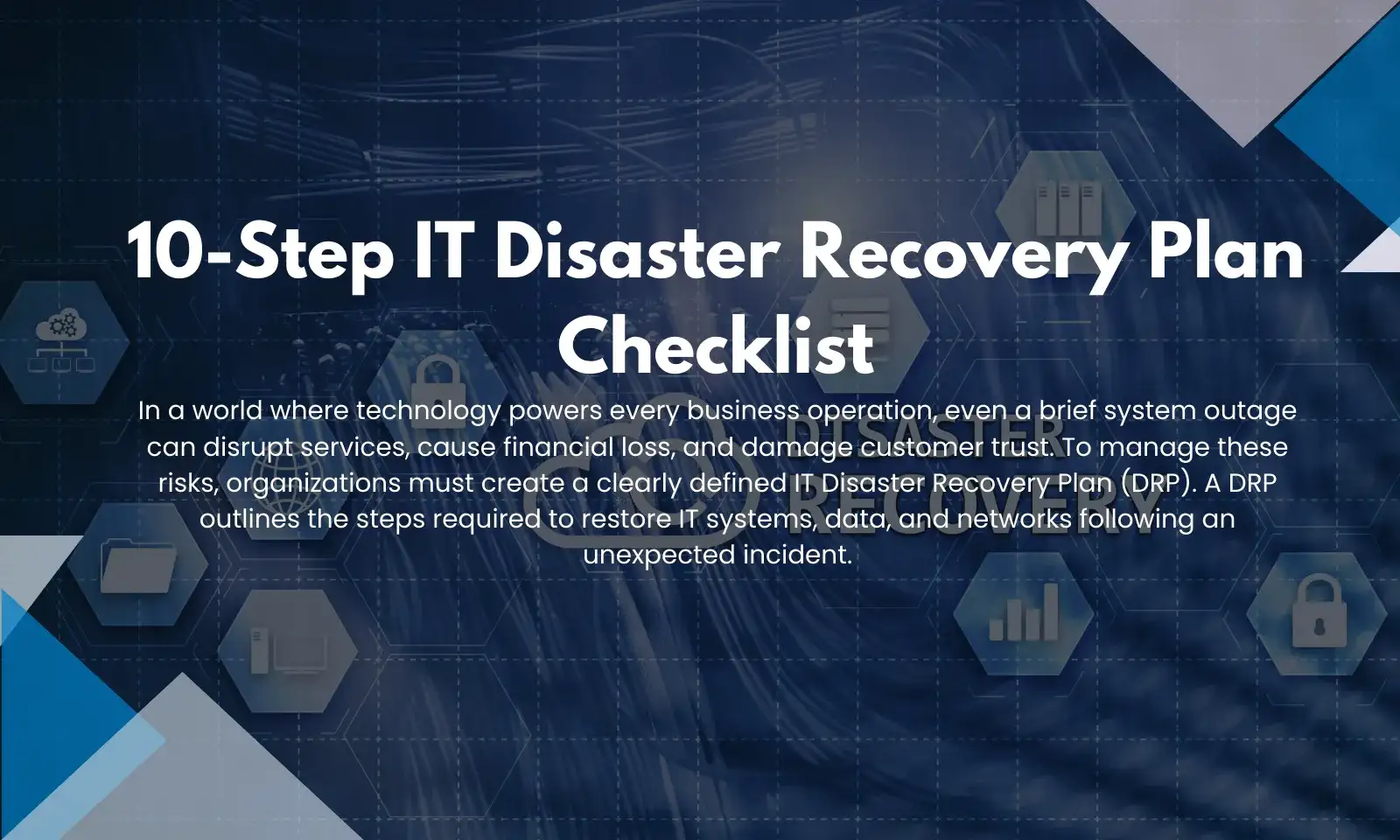In the current busy work setting, having a good and comfortable workspace is very important for keeping productivity high and feeling well overall. Whether you are working from home or an office, making your workspace better with the best supplies and technology can greatly affect how well you do your job and how happy you feel about it.
This article is about different methods to improve your IT infrastructure and workspace setup, with attention on important parts like monitors, desks, ergonomics, and organization.
Table of Contents
The Importance of a Well-Designed Workspace
A carefully planned workspace can change much in your everyday working life. It can raise your motivation, lessen body discomfort, and help you keep attention on the work to do. When you spend time and energy making your workspace better, it means you are investing in yourself for success and being comfortable.
Many people do not realize how much their work environment affects their productivity and health. Bad ergonomics can make you feel uncomfortable and tired and might even cause serious health problems over time. On the other hand, a tidy and comfortable workspace can boost how well you work and lower your chance of getting hurt while working.
Optimizing Your Monitor Setup
Choosing the Right Monitor
One very important part of any work area is the monitor. Having a good monitor can really help make your eyes feel better and you get more done at work. When selecting a monitor, consider factors such as size, resolution, and panel type.
For most work in the office, a monitor with a 24-27-inch size and a resolution of at least 1080p is a good place to start. If you do graphic work that needs very fine detail or if you need more space on screen, think about getting bigger monitors or using two monitors side by side. IPS (In-Plane Switching) panels are usually suggested because they have very good color accuracy and you can see the screen well from many angles.
Proper Monitor Placement
The position of your monitor is equally important as its features. The top part of the screen should ideally be at or a bit below eye level for best comfort and usage. This helps keep your neck in a neutral position and lowers strain on both your eyes and neck muscles.
Put your computer screen at a distance of about one arm’s length from where you sit. If using more than one monitor, set them up in a gentle curve around yourself to reduce the need for turning your head too much. Adjust the tilt of your monitors to reduce glare from overhead lighting or windows.
Creating an Ergonomic Desk Setup
Choosing the Right Desk
Your desk is very important for your workspace. When you choose a desk, think about things like its size, height, and how useful it is. If the desk is too small, you may feel squeezed and not work well. But if the desk is very big, it might not fit well in your room.
Desks that you can change height, also known as sit-stand desks, have become more common in recent times. These kinds of desks let people switch between sitting and standing during the day. This helps improve posture and cuts down on bad health impacts from sitting too long without moving.
Ergonomic Chair Selection
A good ergonomic chair is important for keeping the right posture and lowering the chance of having back pain. You should find chairs that can change in height, offer support to your lower back, and have armrests you can adjust. The chair should let your feet rest flat on the floor and keep your knees bent at a 90-degree angle.
Buy a chair that gives good support for your body shape and how you work. It’s important to know that even the best chair won’t fix bad posture, so try hard to sit properly all day long.
Organizing Your Workspace for Efficiency
Decluttering and Storage Solutions
A messy workspace can make it hard to focus and get things done. It is a good idea to clean up your desk often and use smart ways to store stuff. Use drawer organizers, cable management systems, and desktop organizers for keeping your workspace clean and practical.
Think about using a simple style for your desk. Keep just the important things close by and place items you don’t use often in drawers or on nearby shelves. This not only makes the look tidier but also helps you concentrate on what you are doing now.
Implementing a Filing System
When handling physical documents, it’s a good idea to make an efficient filing system. Use folders with labels or filing cabinets so that important papers are organized and easy to find. For digital files, it is good to make sense of folder arrangement on your computer and use cloud storage for backup. This way, you can get to them easily from different devices.
Enhancing Lighting and Ambiance
Proper Lighting Solutions
Good lighting is very important for reducing tired eyes and keeping focus. Natural light is best, so put your work area close to a window if you can. But remember to watch out for any glare on your screen and use blinds or curtains to manage how much sunlight comes in.
For artificial light, you should use both general and specific lighting. A good desk lamp gives strong light for detailed tasks, while ceiling lights need to be soft so that they don’t make hard shadows or too much brightness.
Creating a Pleasant Atmosphere
Think about adding things to your workspace that make it more pleasant. Plants can help clean the air and bring a bit of nature into your space. Personal things such as photos or artworks can make your place feel more welcoming and motivating.
Be sure you watch the temperature and air quality where you work. Make sure there’s good airflow, and maybe use a small fan or air cleaner if it’s necessary. A comfortable temperature range is typically between 68-72°F (20-22°C).
Incorporating Technology and Accessories
Ergonomic Peripherals
Spend money on ergonomic devices to improve your workspace arrangement. An ergonomic keyboard and mouse can assist in lowering the pressure on your wrists and hands. Think about using a vertical mouse or split keyboard if you feel uneasy with regular designs.
A good-quality headset can make your sound experience better for video calls and help cut down background noise. If you join many video meetings, think about buying a high-quality webcam and microphone to talk more clearly.
Productivity-Enhancing Tools
Explore tools and accessories for boosting your productivity. Using a second monitor can greatly expand your screen space, making multitasking easier and more efficient. A laptop stand can assist in raising your screen to a more comfortable height when you use a laptop as the main device.
Think about using a docking station so you can connect your laptop to many devices with just one cable. This can make setting up easier and keep your desk tidy without too many cables around.
Maintaining and Evolving Your Workspace
Remember that making a perfect workspace is something you do all the time. Check your setup often and change things when necessary. Pay attention to any discomfort or inefficiencies you experience and address them promptly.
When your work needs change, you should be ready to adjust your workspace. Keep learning about new ergonomic products and technologies that might improve how you set up your work area. Experiment with different layouts and tools to find what works best for you.
Improve Your Workspace With These Tips
Making your workspace setting better is a good investment for being more productive, comfortable, and feeling well overall. By paying attention to important parts like where you put the monitor, using furniture that supports body health, keeping things organized, and having proper lighting and up-to-date technology, it helps in creating space that lets you work at your best.
If you need expert advice on making your workspace better or adding ergonomic solutions for your group, Cloudavize is here to help. Our team has experts in workplace design who can give special suggestions and answers made just for what you need. Get in touch with us now to see how we can assist you in making a workspace that is both productive and comfortable for you and your team.



